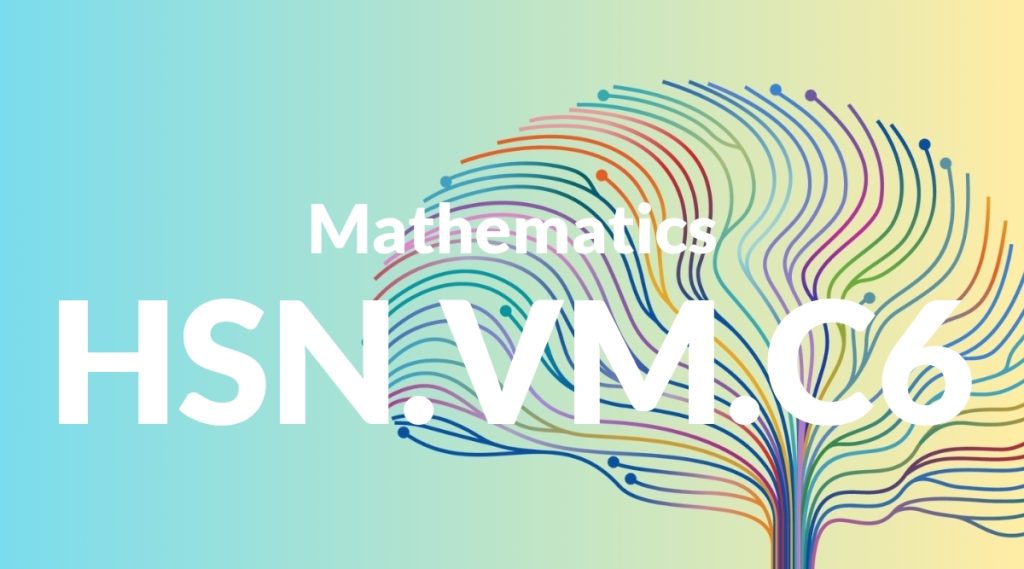Standard: HSN.VM.C6 – (+) Use matrices to represent and manipulate data, e.g., to represent payoffs or incidence relationships in a network.
Grade level: High School: Number and Quantity
Subject: Mathematics
Domain: Vector & Matrix Quantities
Teacher Overview
This standard focuses on using matrices to represent and manipulate data. It is crucial for students to understand this concept as it forms the basis for many applications in higher mathematics, computer science, and engineering. Mastery of this standard will enable students to handle complex data structures and solve real-world problems efficiently. Students should be comfortable with basic matrix operations and have a good grasp of linear equations. This foundational knowledge is essential for understanding how matrices can be used to represent and manipulate data.
Upon mastering this standard, students will be equipped to tackle more advanced topics in mathematics and related fields. They will be able to apply matrix operations to solve complex problems and will be prepared for further studies involving matrix transformations and eigenvalues/eigenvectors.
Common Misconception 1
A common misconception is that matrices are only useful for simple arithmetic operations. This is incorrect because matrices are powerful tools for representing and solving complex problems in various fields, including computer science, engineering, and economics.
Intervention 1
To address this misconception, teachers can present real-world applications of matrices, such as their use in computer graphics, network analysis, and optimization problems. This will help students see the broader utility of matrices.
Common Misconception 2
Another misconception is that the order of matrix multiplication does not matter. This is incorrect because matrix multiplication is not commutative; changing the order of multiplication can lead to different results.
Intervention 2
Teachers can provide examples and counterexamples to demonstrate the non-commutative nature of matrix multiplication. Visual aids and interactive tools can also help students understand why the order of operations is crucial.
Prerequisite Knowledge
Students should have a foundational understanding of basic matrix operations such as addition, subtraction, and multiplication. They should also be familiar with representing data in tabular form and have a basic understanding of linear equations.
Subsequent Knowledge
After mastering this standard, students will be able to apply matrix operations to more complex problems, such as those found in engineering, computer science, and economics. They will also be prepared to learn about matrix transformations and eigenvalues/eigenvectors in more advanced courses.
Instructional Activities
- Create a matrix to represent a social network and analyze the connections.
- Use matrices to optimize a transportation route for a delivery service.
- Model financial payoffs using matrices and analyze different investment strategies.
- Solve a system of linear equations using matrix operations.
- Encrypt and decrypt messages using matrix-based coding techniques.




